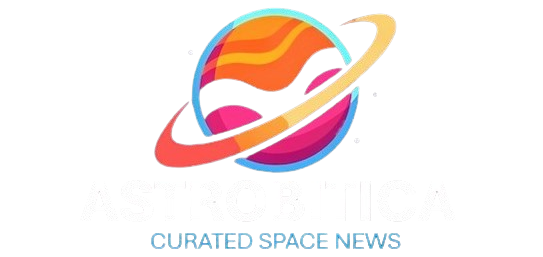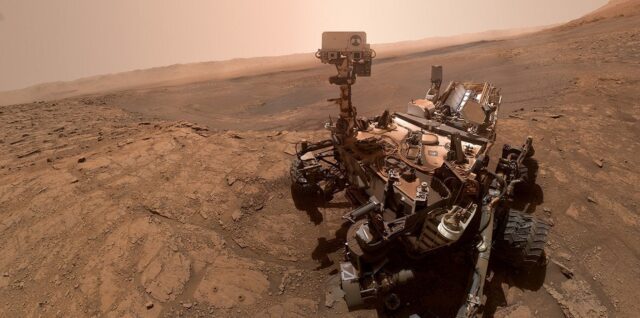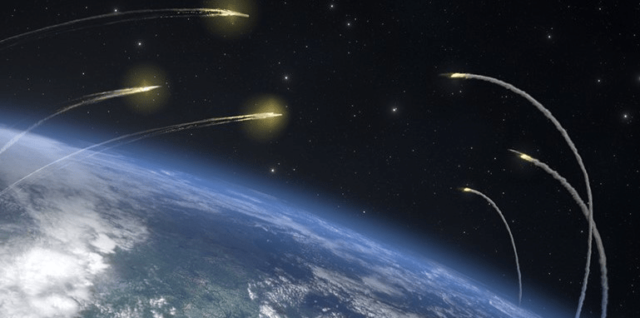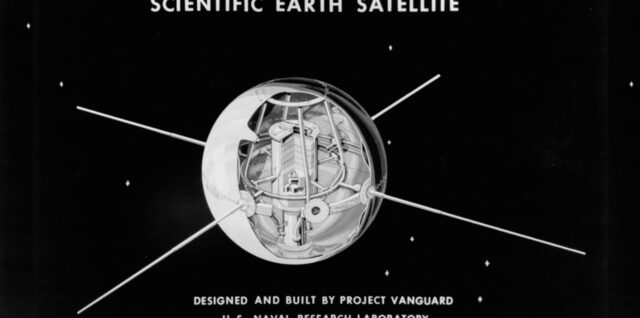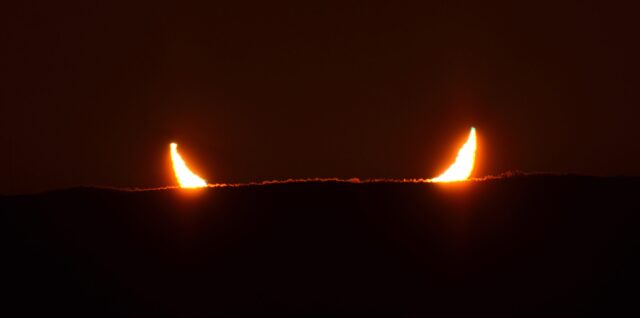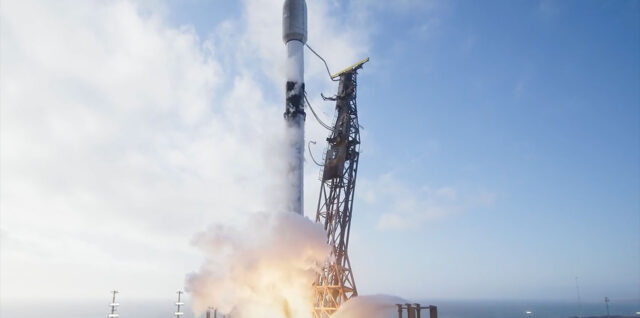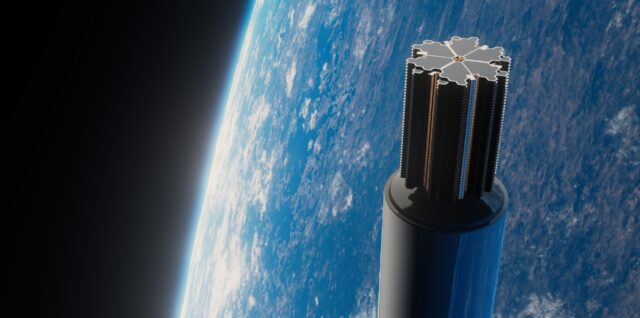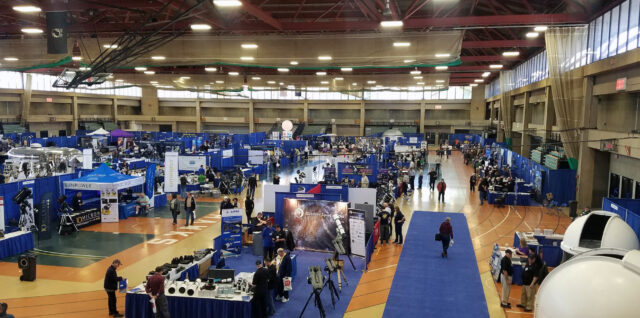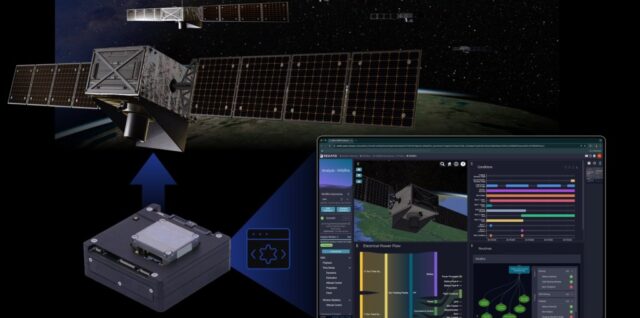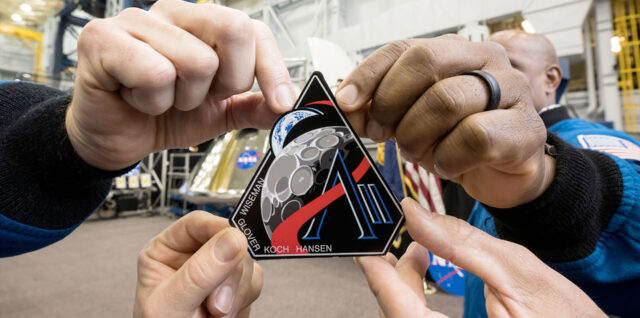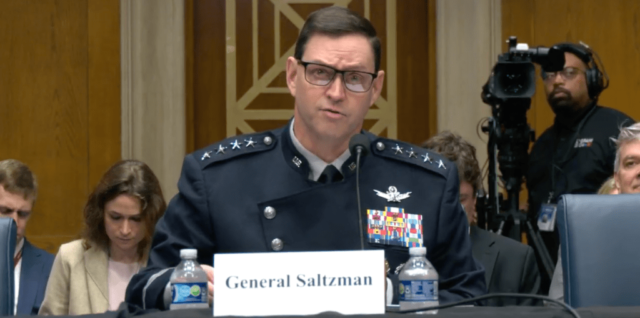Here’s how we could quickly raise temperatures on Mars

Multiple plans exist to explore Mars in the coming decades using robotic and crewed missions. The ultimate goal of these missions is to determine whether human beings could actually live there someday. This requires access to building materials, water, cutting-edge manufacturing technology, and closed-loop habitation systems with bioregenerative life support systems (BLSS). Basically, future settlers will need to create conditions that mimic Earth’s self-sustaining ecological systems—essentially, we need to “take Earth with us” to other planets.
